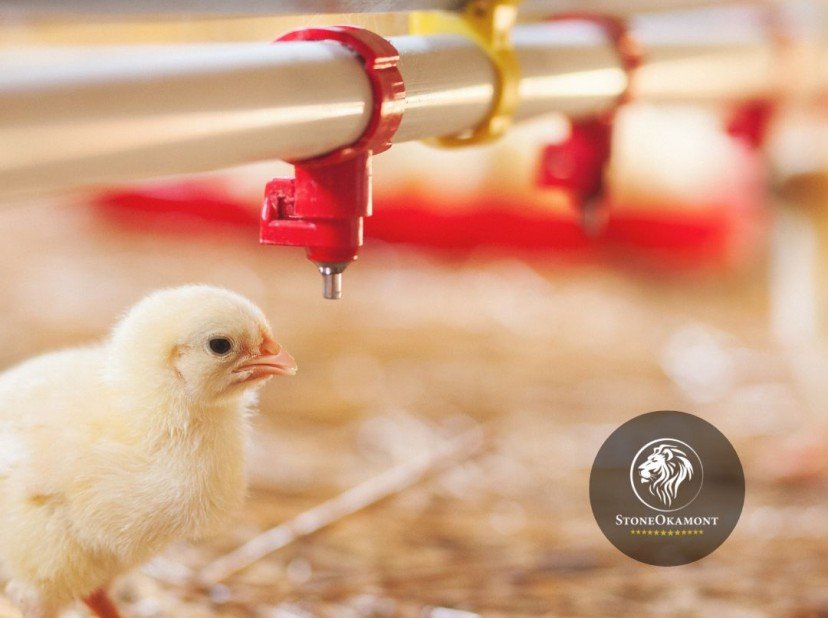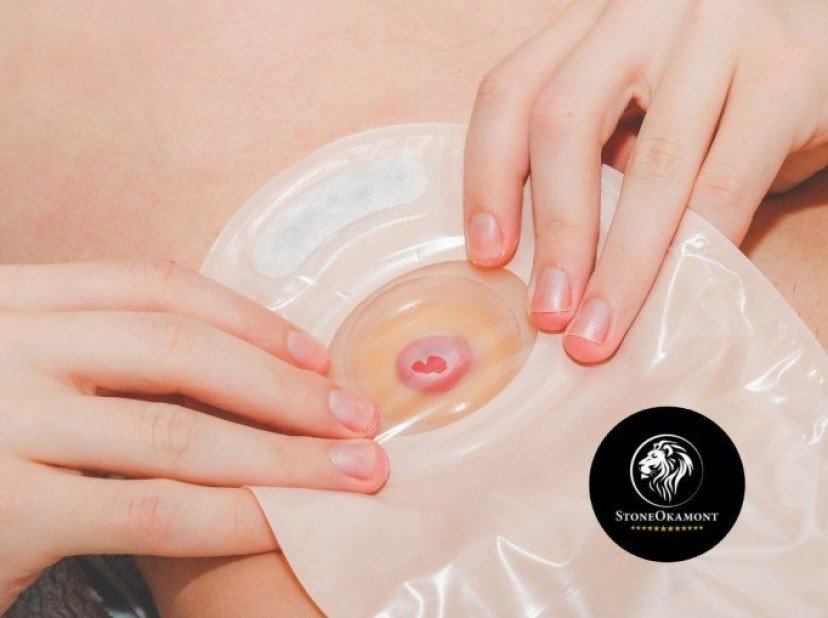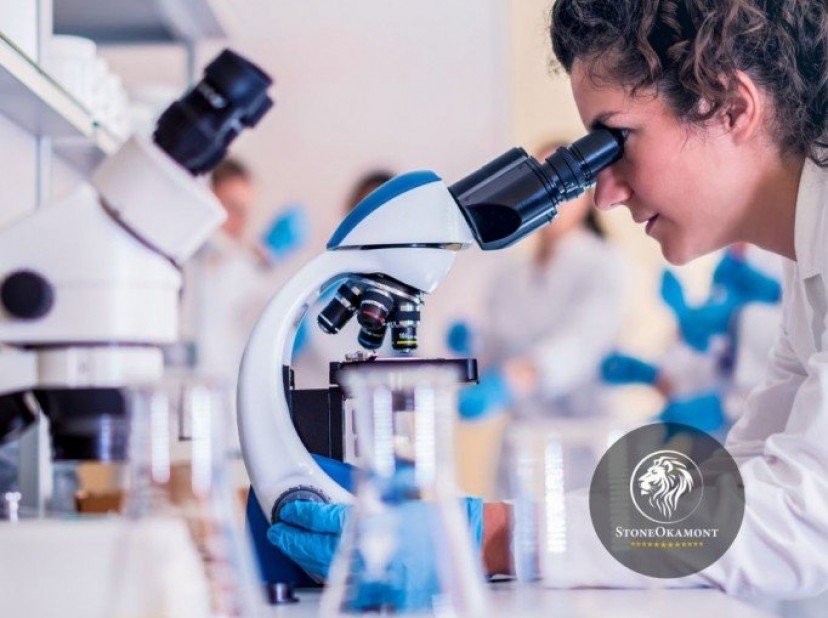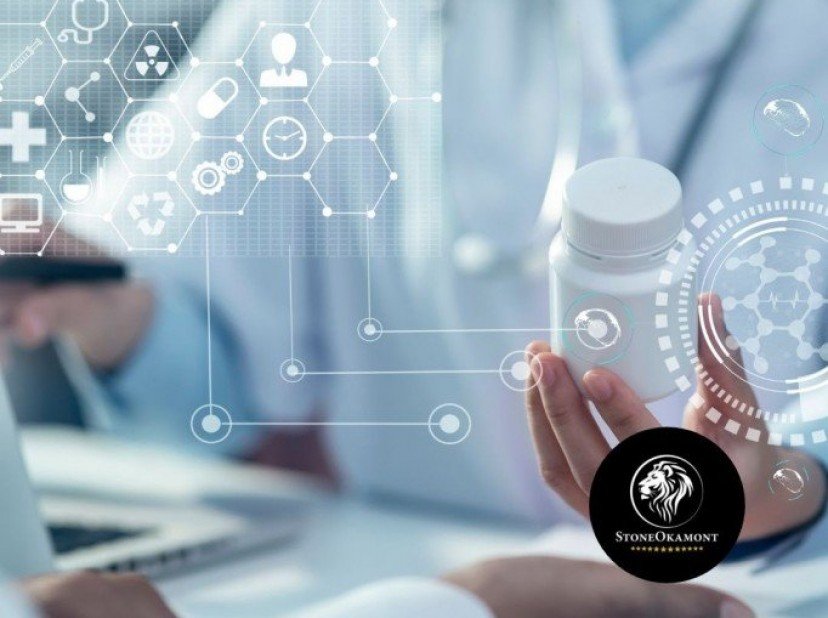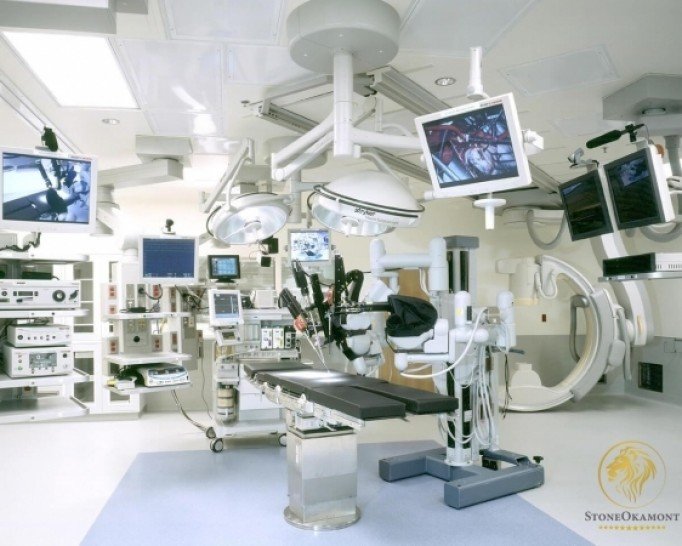
Understanding how the process to regulate medical device with ANVISA works is very important for people who want to enter this branch of the market.
Because they are products that deal directly with the well-being and life of human beings, there is a great bureaucracy in their regularization process. If the documentation is not well structured, it may be rejected.
With that in mind, Stone Okamont has prepared an explanatory content that will help you understand step by step how to regulate medical device with the Brazilian Health Regulatory Agency. Check out!
What are medical equipment?
Most medical devices consist of active, implantable or non-implantable medical devices.
However, there are also non-active medical equipment such as wheelchairs, stretchers and hospital beds.
What is the first step for regulate medical device with ANVISA?
In order to regulate medical device with ANVISA, it is first necessary to obtain the Operating License.
The VISA, Local Sanitary Surveillance, performs an inspection in the establishment and evaluates if the company has technical and operational conditions to carry out its activity.
After the inspection, effect a report that will be sent to ANVISA.
Do I need AFE to regulate medical device with ANVISA?
AFE is the abbreviation of Operation Permits. Obtaining it is mandatory to start regulating medical device with ANVISA.
Upon inspection by VISA, a report is generated that should be sent together with an AFE petition to the Brazilian Health Regulatory Agency.
After analysis of ANVISA, and with its approval, the Operation Permits is published in the Official Gazette (DOU).
Risk Class for Medical Device
ANVISA classifies the products in Risk Class, ranging from level I to level IV. The higher the degree, the greater the requirements for safety and efficacy to regulate medical device with ANVISA.
Complementary to class risk, for medical device, there are also rules related to the indication and purpose that must be followed for classification.
Another factor that influences is whether the equipment is invasive or non-invasive. Invasive devices are products that penetrate all or part of the human body.
Therefore, to regulate medical device with ANVISA, it is necessary to take into account the risk offered and the rules of use and purpose.
Certification of Good Manufacturing Practices to regulate medical device with ANVISA
If you have already passed the classification stage of your medical device, and have arrived in Risk Class III or IV, you will need to obtain a Good Manufacturing Practices Certificate (CBPF) to regulate medical device with ANVISA.
As the highest levels are the products that offer more risk to the human being, it is necessary to prove the quality of the manufacturing of the device in the company.
This proof is obtained from the CBPF, when it is established that the Quality System implemented in the company is operational and follows good manufacturing practices.
Do you want to know more about Quality System to register health equipment in ANVISA? Click here!
How to regulate medical device with ANVISA with excellence
Stone Okamont has experience in the regulatory paths of the Brazilian Health Regulatory Agency.
With a highly qualified team, our consultants are up to date in the most diverse demands to regulate your medical device with excellence!
We have the Zero Bureaucracy method! We optimize your processes and procedures to deliver extraordinary results faster and at reduced costs.
Contact us and find out how we can help you register medical equipment at ANVISA. Click here!



